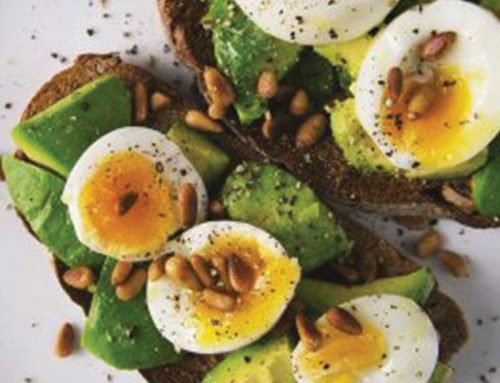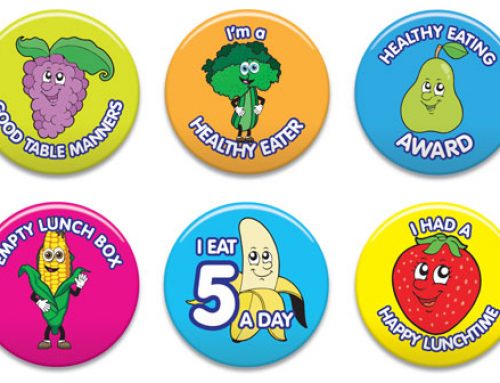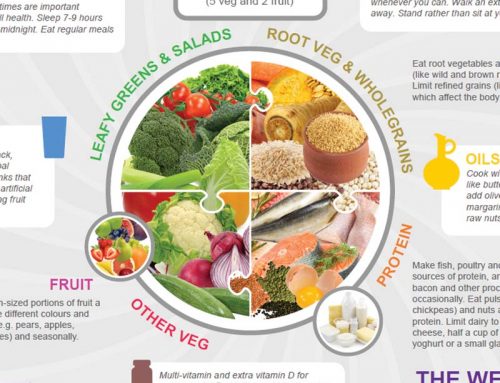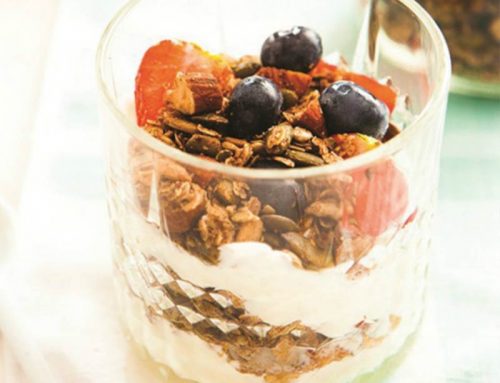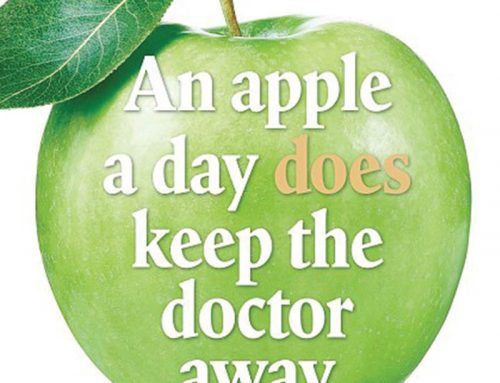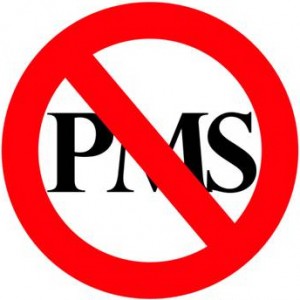 You can’t stop PMS from paying you a visit every month, but you can take charge and show your hormones who’s boss!
You can’t stop PMS from paying you a visit every month, but you can take charge and show your hormones who’s boss!
Isn’t it quite incredible how you can go from being a rational happy woman into a grumpy, teary anxious mess in the space of a few days? You hear yourself biting the head off your loved ones for no good reason and you know that tearing up at the sight of a little puppy is a bit OTT, but you just can’t help it.
PMS Defined
So what exactly is PMS and is there anything we can do about it? PMS (premenstrual syndrome) is a collection of symptoms that a woman may experience in the run up to her period. It’s thought to affect up to 75% of menstruating women but the exact severity and cluster of symptoms will differ greatly from woman to woman. Some will have fatigue, bloating, and low mood; others will have cramps, breast tenderness and irritability, or any combination of the symptoms. The vast majority of women with PMS have symptoms for five to seven days each month.
Hormonal Rollercoaster.
No one knows exactly why some women experience symptoms while others do not. One leading theory is that some women have a greater sensitivity to the effects the female hormones oestrogen and progesterone have on their serotonin levels. Serotonin is a brain chemical that plays a key role in mood regulation and sensitivity to pain, and research and clinical results seem to confirm that it significantly influences the onset of PMS.
As yet, there is no cure for PMS, but there is a lot you can do to find relief from your symptoms. Regardless of whether you just get a little grumpy near your period, or turn into a full on weeping willow, there are several steps you can take to help alleviate some of your premenstrual symptoms.
Your PMS Action Plan
I recommend keeping a PMS diary over at least two cycles. This will allow you and your health practitioner to see if there are any common patterns. On a regular calendar, write down your primary moods, emotions, and unusual physical symptoms each day. On the same calendar, keep track of your menstrual cycle. If your troubling moods or other symptoms occur primarily within the two weeks prior to the start of your period, you may have PMS. However, if the days you experience symptoms are evenly spaced throughout the month, PMS probably isn’t the culprit.
Diet
Your first line of attack is your lifestyle and your diet plays a crucial role in this. Eat three small meals and two healthy snacks a day to balance your blood sugar levels. This could help to prevent mood swings and fatigue. If you find yourself craving sweet foods and carbohydrates, it could be because carbohydrates help to increase your levels of tryptophan – a chemical that your body uses to make the mood boosting hormone serotonin. A sugar high will be short lived though, so choose wholegrain carbohydrates and fruit to give you a lift instead.
Make sure to stock up on plenty of soya, flaxseed and beans & lentils which contain phytoestrogens that could help ease your symptoms by naturally balancing your hormones. Oily fish is also a great PMS food as it contains an essential fat called EPA that is thought to have an anti-inflammatory effect which could help ease breast tenderness and period pain. On the other hand, too much red meat, alcohol, caffeine and chocolate could actually make your symptoms worse.
Stress
Stress appears to make PMS symptoms more likely. In fact, US researchers have discovered that women who feel stressed in the first half of their cycle are two to four times more likely to experience PMS in the run up to their period. So, ensure you have time to relax and unwind every day. Look for activities that help you feel less stressed such as walking, yoga or meditation. Research has also shown that cognitive behaviour therapy (CBT) is an extremely effective form of stress management.
Exercise
Regular exercise is also thought to ease PMS symptoms. Working out encourages the release of feel-good endorphins in your brain, which could help to counteract mood swings. Exercise is also a good way to maintain a health weight, which is important because a BMI of over 27 is known to increase your risk of PMS.
Support
Talking about your experiences could also help. If friends or family aren’t able to understand what you’re going through, you might find talking to other women with PMS a great support. If lifestyle changes don’t improve your symptoms then do see your GP or health practitioner. Often a combination of lifestyle adjustments, natural remedies and medical intervention get the best results, so work with your health practitioner to find the best treatment that works for you.
Natural PMS Remedies: Try a natural approach to help reduce your symptoms….
AGNUS CACTUS: This herb has a balancing effect on your hormones and research has show that it could help ease PMS Symptoms.
CALCIUM & VITAMIN D: One study found that a high intake of calcium and vitamin D could help to reduce your risk of getting PMS.
MAGNESIUM: Research has shown that taking 250mg of magnesium a day could reduce PMS symptoms by a third.
VITAMIN B6: Plays a vital part in synthesising certain brain chemicals that control your mood and behaviour.
PMS Busting Foods
- Avocado
- Brown Rice
- Melon
- Peppers
- Bananas
- Eggs
- Seeds (Sunflower, Pumpkin)
- Green Leafy Vegetables (Rocket, Spinach, Kale etc.)
- Oily fish
- Walnuts


